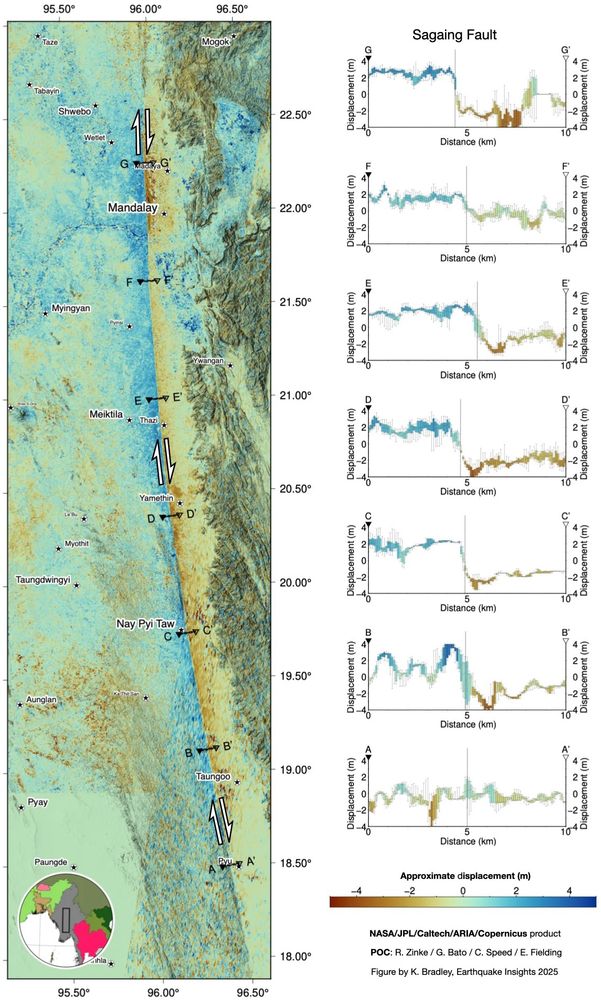













And you can read the Kirkham paper in Nature Comms here: doi.org/10.1038/s414...
And yours truly with the lead story on New Scientist online here: newscientist.com/article/2477... 😎

And you can read the Kirkham paper in Nature Comms here: doi.org/10.1038/s414...
And yours truly with the lead story on New Scientist online here: newscientist.com/article/2477... 😎








